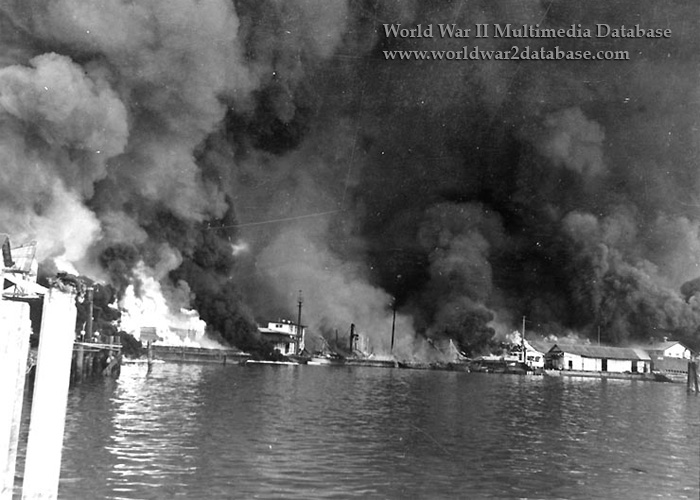Una vez que la Fuerza Aérea estadounidense en las islas Filipinas hubo quedado gravemente disminuida en su capacidad de ataque y defensa, los japoneses empezaron a pensar en su siguiente objetivo: la flota del almirante Hart. Cavite es un nombre que tiene importantes resonancias en la historia española. La batalla naval librada cerca de dicho lugar el 1 de mayo de 1898, y la derrota de nuestra marina, supuso a la postre la pérdida de esta colonia asiática a manos de los norteamericanos; irónicamente, la destrucción de la base situada en este mismo lugar el 10 de diciembre de 1941 –ni tan siquiera cincuenta años más tarde– fue uno de los acontecimientos que llevó a los estadounidenses a abandonar, a su vez, el archipiélago.

La fecha, ya la hemos indicado, fue sin duda un día negro para los aliados en el pacífico pues, mientras el Prince of Wales y el Repulse caían y se hundían bajo un potente ataque aéreo japonés frente a las costas de Malasia, otra escuadra de aviones, igualmente poderosa, lanzaba el ataque destinado a acabar con la presencia naval aliada en las islas Filipinas, no destruyendo los barcos, como en Pearl Harbor, los atacantes eran conscientes que esto había sido en parte un error, sino las instalaciones portuarias, vitales para que estos pudieran operar.